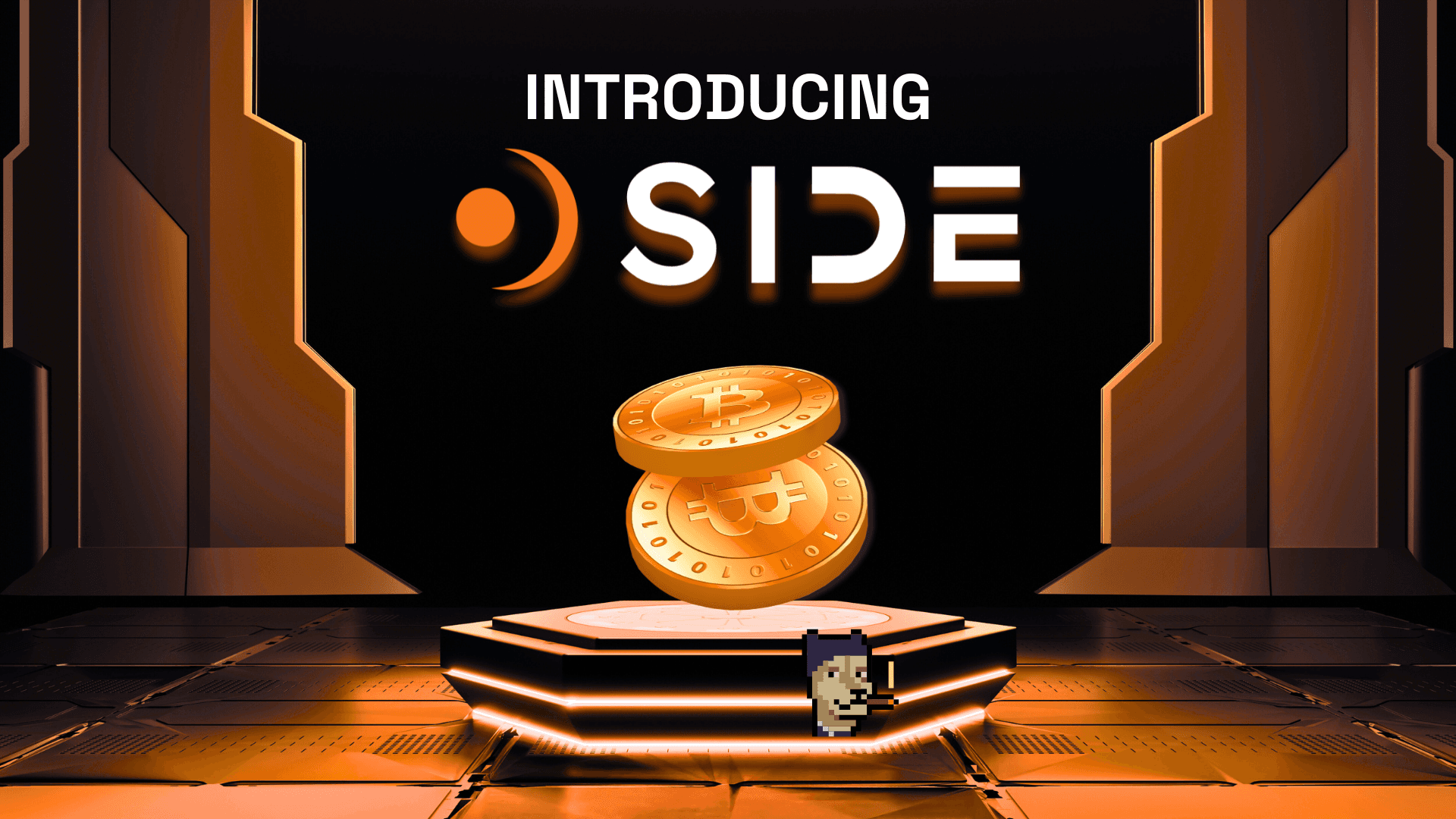A Game-Changer in Blockchain Governance
Today, we are excited to dive into an innovative concept that is set to revolutionize blockchain governance: Proof of Liquidity (PoL). As a seasoned validator in the blockchain ecosystem, Stakecito is always on the lookout for advancements that enhance security, efficiency, and fairness. PoL is one such breakthrough that addresses several critical challenges faced by traditional Proof of Stake (PoS) networks. Let's explore what PoL is, how it works, and why it's a significant advancement for the industry.
Background: Proof of Stake (PoS) Networks
To fully appreciate Proof of Liquidity (PoL), it's essential to understand Proof of Stake (PoS) networks. PoS is a consensus mechanism where token holders stake their tokens as collateral, allowing them to propose new blocks and earn rewards. This staking process ensures that participants have a vested interest in the network's security and performance. In Delegated Proof of Stake (DPoS), participants can delegate their voting power to validators, who then represent the interests of multiple token holders.
Drawbacks of Proof of Stake
While PoS has been instrumental in enhancing the security and efficiency of blockchain networks, it has notable drawbacks:
Liquidity Reduction: Staking tokens reduces available liquidity because these tokens are locked up by validators, making them inaccessible for other uses.
Limited Security Enhancement: Applications built on PoS chains have limited means to improve the security of the underlying blockchain.
Minimal Validator Incentives: Validators gain minimal benefits from the applications they support, leading to potential misalignment of incentives.
Introducing Proof of Liquidity
Proof of Liquidity (PoL) builds on the foundation of PoS but addresses its limitations in a novel way. PoL focuses on two primary goals: building systemic liquidity and aligning stakeholder incentives. It employs a unique three-token model:
$BERA: Used for gas fees and network security.
$BGT: Governs the network and manages chain incentives.
$HONEY: A stablecoin aimed at supporting the overall ecosystem dynamics.
How Proof of Liquidity Works
Validators:
Eligibility: Prospective validators must stake $BERA to become activated. This ensures they have a stake in the network's security and integrity.
Block Production: Once activated, validators receive $BGT delegations from users, increasing their $BGT weight. Validators with higher $BGT weight can produce blocks and direct $BGT rewards to liquidity pools, known as gauges.
Users and Applications:
Earning $BGT: Users earn $BGT by providing DeFi liquidity. This token is used to control chain incentives and manage inflation.
Delegation: Users delegate $BGT to validators, influencing which validators produce blocks and how rewards are distributed.
Key Innovations in PoL

Separation of Concerns
A key innovation in PoL is the separation of concerns between governance and security:
$BGT: Non-transferable and earned only by providing liquidity. It is used to influence chain incentives and governance decisions.
$BERA: Obtained by burning $BGT in a one-way process and used for securing the network and paying gas fees. This separation ensures that those who influence chain incentives ($BGT) are distinct from those responsible for chain security ($BERA), enhancing the ecosystem's overall effectiveness. It prevents conflicts of interest and ensures that governance and security roles are clear and non-overlapping, unlike in PoS where they are often conflated.
Decentralizing Inflation
Another major advantage of Proof of Liquidity is its unique approach to decentralizing inflation:
$BGT Emission: PoL emits new $BGT to liquidity providers, avoiding the stake centralization commonly seen in traditional PoS networks. This approach ensures that new tokens go to active users who contribute to the network by providing liquidity and performing other common on-chain actions. By doing so, PoL creates a more balanced and equitable system, reducing the concentration of power among a few large stakeholders and encouraging broader participation.
Aligning Protocols and Validators
In traditional PoS systems, validators often lack incentive to interact with other ecosystem players like protocols and end-users, despite receiving most of the economic rewards. This lack of interaction can lead to a fragmented ecosystem where validators, protocols, and users operate in silos, reducing overall network efficiency and collaboration.
Proof of Liquidity addresses this issue by involving all participants in the ecosystem:
Collaboration: Validators, protocols, and users must work together to maximize liquidity and benefits.
Incentives: Validators direct $BGT rewards to the most profitable liquidity pools, often linked to specific protocols. This creates a direct incentive for validators to support the protocols and users that contribute to the network's liquidity. By fostering collaboration among all participants, PoL ensures that validators are not just passive recipients of rewards but active contributors to the network's growth and health. This approach encourages a more integrated and cooperative ecosystem, where the success of one group benefits all, leading to a more robust and dynamic blockchain environment.
Roles in the Ecosystem
Validators
Validators play a crucial role in reaching consensus on the blockchain's state and earn $BERA through various mechanisms, including gas fees, priority fees, and incentives for directing $BGT rewards to specific liquidity pools. Initially, validators start with a $BGT delegation weight of 0, meaning they do not control any $BGT rewards. However, they can attract greater $BGT delegation by effectively directing $BGT to profitable gauges and sharing the rewards with their $BGT delegators. This system encourages validators to actively seek out the most beneficial and productive uses for $BGT, promoting overall ecosystem health.
$BGT Holders & Farmers
$BGT holders have a significant role in influencing governance and directing Berachain's economic incentives by delegating their tokens to validators. This delegation helps determine which validators will propose blocks and how the $BGT rewards are distributed. Farmers, or those who earn $BGT, do so by providing liquidity to profitable liquidity gauges. These farmers can then delegate their $BGT to validators who either direct rewards to the farmers' preferred gauges or maximize overall incentive earnings. This system ensures that liquidity providers are directly rewarded for their contributions to the ecosystem, fostering a more engaged and motivated community.
Bera Foundation
The Bera Foundation operates key decentralized applications (dApps) on Berachain that provide essential services for the ecosystem. First, there is Bex, Berachain’s decentralized exchange (DEX), which facilitates the swapping of various tokens on the network. Next, we have Bend, the native borrowing and lending protocol, which allows users to lend and borrow assets securely. Finally, Berps is Berachain’s native perpetual contracts DEX, enabling the trading of perpetual contracts, a type of derivative in the DeFi space, allowing users to engage in more complex financial strategies. These dApps generate fees that are distributed to $BGT holders, creating demand for $BGT. The liquidity provided in these dApps serves as default gauges for earning $BGT, ensuring a consistent and reliable source of rewards.
Ecosystem Projects
Ecosystem projects on Berachain can significantly enhance their liquidity by leveraging the PoL model. These projects can incentivize validators to direct $BGT rewards to their liquidity gauges, promoting liquidity within the projects and integrating them more deeply into the Berachain ecosystem. By aligning incentives through $BGT, all participants—validators, projects, and users—work towards a common goal: increasing the network's overall value. Validators are motivated to support projects that generate high liquidity, projects gain more active participation and liquidity, and users benefit from the enhanced network services and rewards. This alignment ensures that everyone’s interests are aligned, fostering a collaborative environment where the success of one participant contributes to the success of all.
Final Thoughts
Proof of Liquidity on Berachain offers a more equitable distribution of incentives and better alignment among network participants. By involving validators, users, the Bera Foundation, and ecosystem projects, PoL ensures that everyone works together to enhance the network's value and stability. As a validator deeply invested in the future of blockchain technology, Stakecito is excited to support this innovative consensus mechanism and contribute to its growth.
For more details on this new consensus approach, check out the blog post by Cami that Berachain shared last week. Stay tuned for more updates and insights from Stakecito.
——————————————————
About Stakecito Labs
At Stakecito Labs, we've honed our craft as validators. Our reputation as the third-largest validator by delegation count within the Cosmos ecosystem speaks to our unwavering dedication and the trust placed in us by over 270,000 delegators worldwide.
Our validation services are not just about maintaining Cosmos blockchain networks though; we validate networks outside of Cosmos as well (NEAR, Aleph Zero, etc.).
Our core mission is centered on demystifying blockchain technology to ensure it's accessible for everyone, from newcomers to seasoned investors. To begin staking, visit our homepage.
Stake with Stakecito | Follow us on Twitter | Subscribe to Our YouTube | Governance
——————————————————






